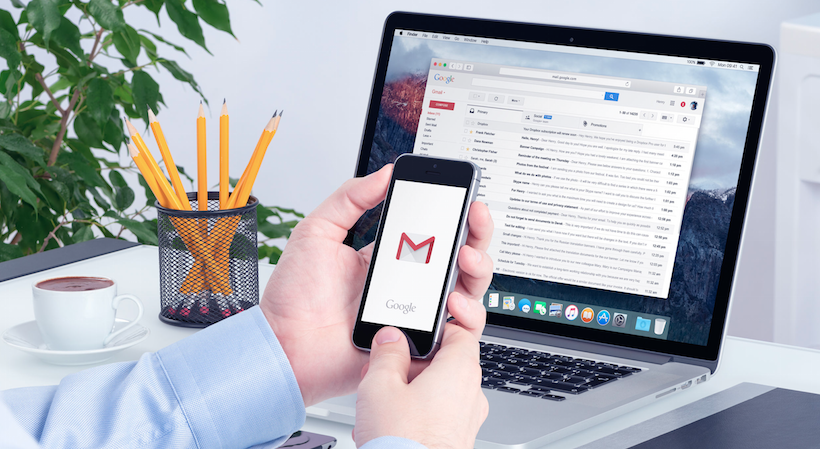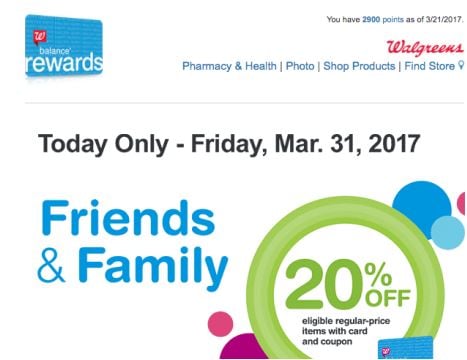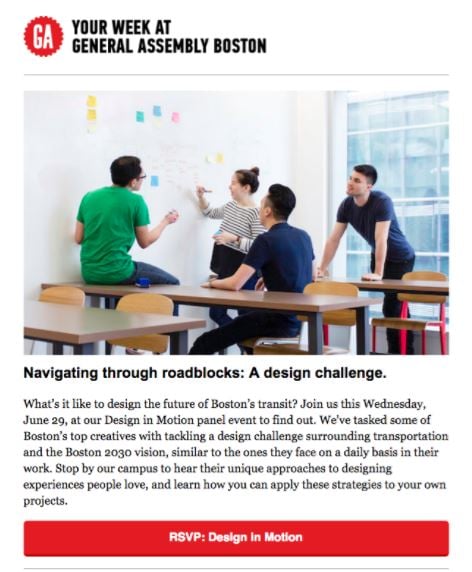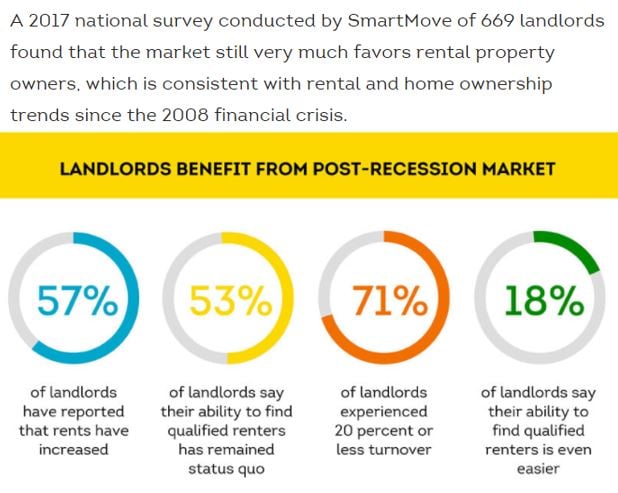There are many ways for startups to spend their limited marketing budgets. You want to reach your target audience, convert prospects into customers and keep your clients returning for more. If you want to make the most out of your marketing budget, you need to choose strategies that are proven to be effective, and email marketing fits the bill. Not only is email marketing a cost effective way for new businesses to reach their customers, but it also allows you to put your message directly into their inbox.
Just getting your email content in front of your target audience isn’t enough, though. So how do you know what content will work for your prospective customers? It takes a little bit of testing to determine what your audience resonates with, but to start out, try some of the following email marketing ideas.
Incorporate your prior knowledge of the type of content that tends to engage your customers, and then you’ve got yourself a start to your email marketing campaign. Here are a couple tried and true content ideas to get you started.
Deals and promotions
Consumers love getting a great deal. In fact, one of the main reasons that people sign up to be on an email list is to receive discounts and promotions. The key to this type of content is finding the balance between offering a great deal that will entice your subscribers and not giving away so much that it affects your bottom line.
There are many different types of discounts you can offer. The first is sending a certain percentage off of your product or services that is only available to those who are on your mailing list.
Another option is to give your customers access to promotions before the general public gains access to the same deal. Or, if you don’t want to discount the products that you sell, you can offer free shipping instead. These types of offers are effective ways to build loyalty within your following while also boosting your sales.
Related: Want to Rise Above the Clutter? Best Practices for Email Marketing
Let’s take a look at an example from Walgreens.
While Walgreens certainly isn’t a startup, there are many lessons to be learned from the company’s email newsletter that startups can implement. By including verbiage with a specific day (“Today Only”), they convey a sense of urgency, which might be just enough of a push for buyers who are on the fence about making a purchase.
Additionally, offering the discount only to “Friends and Family” makes it exclusive, which also encourages users to take advantage of this special deal.
Newsletter
Sending a weekly newsletter to your mailing list can be a great marketing tool, but only if done right. Make sure that you’re including content that your subscribers are interested in, and remember that sending a newsletter just to send one will cause people to unsubscribe quickly.
Your goal with a newsletter campaign is to keep your business in front of your customer, to let them know what’s going on and to create content that is so engaging, they will notice when it doesn’t show up in their inbox on time. You want your newsletter to be something that they anxiously anticipate receiving.
Our next example comes from General Assembly.
As a company that focuses on career workshops and related items, it makes sense that the newsletter starts off with upcoming events and how to sign up. It then moves into helpful articles that are career-related. This mix of content makes General Assembly’s newsletter fit for a wider audience, providing useful and relevant information to this particular audience.
Infographics
Studies have found that people’s attention spans are getting shorter, which is a challenge for businesses that are trying to market to customers online. Many readers tend to quickly scan an email, as they want to make sure the information is worth their time before they dive into it. One way to combat this is by using imagery within your emails – specifically, creating an infographic.
While it may not seem like you can communicate the same information through imagery, it is proven that your message may be better received through an infographic. Studies show that infographics make it easier for people to retain information, and readers are able to grasp and process the information faster.
In fact, a study by 3M found that images are processed 60,000 times faster than written content. So, if your goal is to get a message across quickly and really capture the attention of your audience, infographics might be the way to go.
Proprietary research
As a startup, you may feel the pressure to put out content for your followers, but make sure you’re not just recycling old information. Here’s what this looks like: you find an article that has valuable information, so you reword it, publish it on your site and email it out to your mailing list. Chances are high that other businesses have done the same thing, which means you are putting out the exact same content as everyone else.
When you take the time to conduct proprietary research, you provide your readers with information they cannot get anywhere else. This makes your email much more enticing to readers and will likely increase your open rates. Providing your own research within your email campaign will help set you apart from general information floating around inboxes, and can help establish your company as a thought leader.
Here we have an example from a SmartMove infographic.
By incorporating proprietary research, they show subscribers that they know exactly what type of information they are looking for. The research is industry-relevant, timely and focuses specifically on the issues facing their target audience. This will not only engage readers in their inbox, but is likely to turn users into regular blog readers, as well.
Sign Up: Receive the StartupNation newsletter!
Closing thoughts
Now is the time to start or update your email marketing campaign. Begin by implementing just one of the above strategies right away. Then, slowly add in additional ones to find which strategies work best for your startup in terms of engagement. Remember to weave the message and values of your business throughout each email. Showcase your brand consistently, and always focus on what will bring value to your customers.
Keep all of this in mind, and you will have a successful email campaign on your hands.









